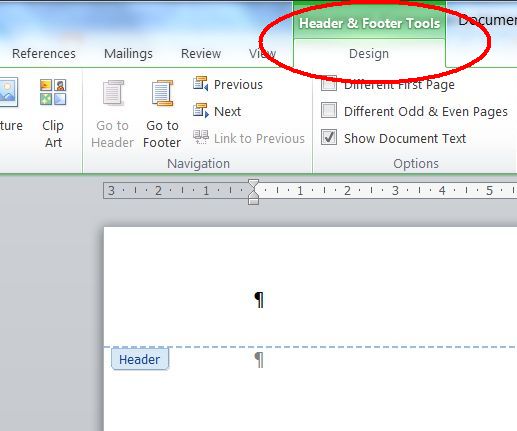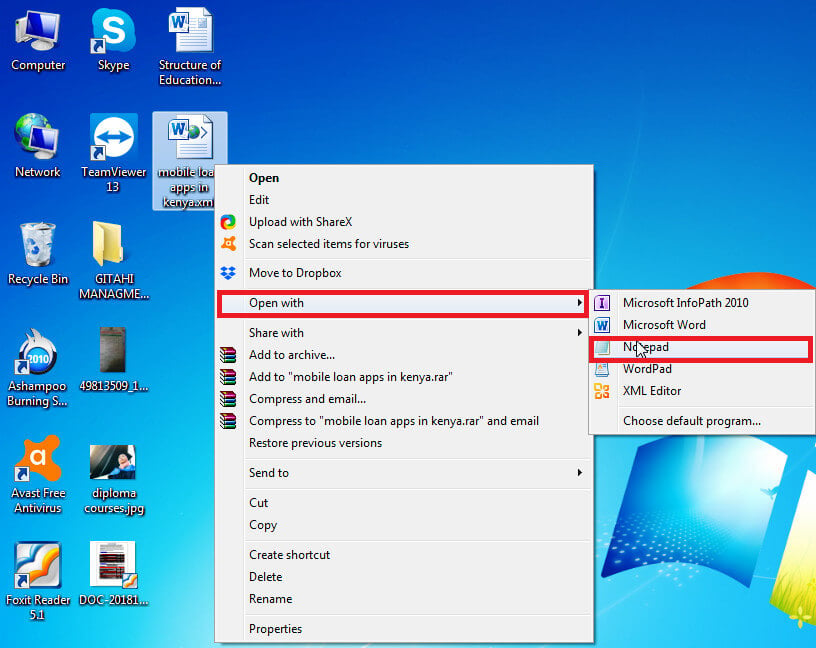

If all you want is to add page numbers to your footer, then you should read our tutorial on how to add page numbers to Word (coming soon). To add the page number to the footer, click Insert > Text > Quick Parts > Field, and in the field list on the left select Page. For more on headers and footers, see Headers and footers in Word. On the top right side of the document, select Options > Remove Headers & Footers. Under Header or Footer, on the pop-up menu, select (none). One of the things we’ll add is a page number to each page. Go to Layout > Page Setup > Header & Footer. We’ll select the blank one at the top of the list and format it ourselves. Again, a gallery of footer designs is presented and we can click on one to insert it. We follow a similar process when we insert a footer in our Word document: click Insert > Header & Footer > Footer. Similarly, to open up the header area again, you can double click on the header. When you’ve finished making changes to the header, you can close the header area by either clicking on the Close Header and Footer button to the right of the ribbon, or by double clicking anywhere in the document itself. Also on the Alignment Tab window, you can see options for left aligning and centering. Select the Right option and then click OK.

In that case, position the cursor at the start of the text and, still on the Header & Footer Tools tab, click Position > Insert Alignment Tab. Suppose we need to align them to the right of the document. Leaving the Format selection as none ensures that the capitalisation used in the document name is used here.īy default, the text and field that we’ve just added will be left aligned. On the Header & Footer Tools tab, click Insert > Quick Parts > Field, and then select FileName and click OK. Instead, we’ll let Word do that by inserting a field. We’re not going to type out the document name ourselves. In our example, we’re going to display the document name in the header, so type “Document: ” in the box. You will also see the Header & Footer Tools tab appear in the ribbon. A header will appear with a default text box that you can start typing in. The blank header should appear at the top of the list, so click on that to insert it. We’ll use a blank header for our example. You can also insert a blank header and format it yourself manually. The different headers available give different layouts for the text and other elements you need to display in the header. In the panel that opens, you can see a gallery of built in headers that you can choose.


 0 kommentar(er)
0 kommentar(er)
